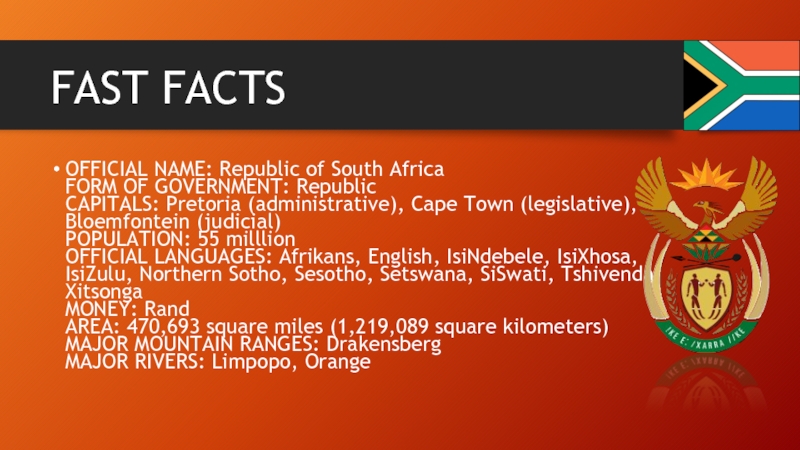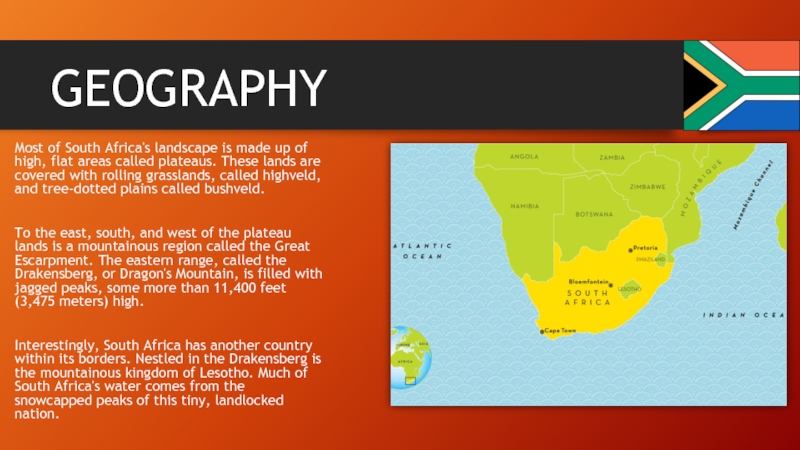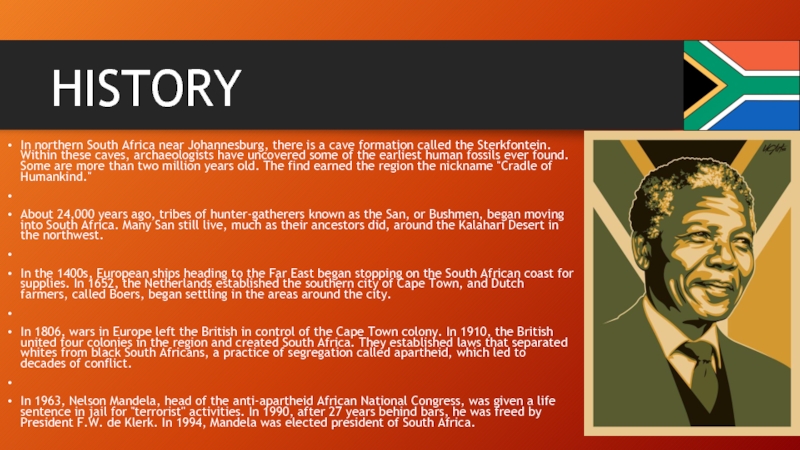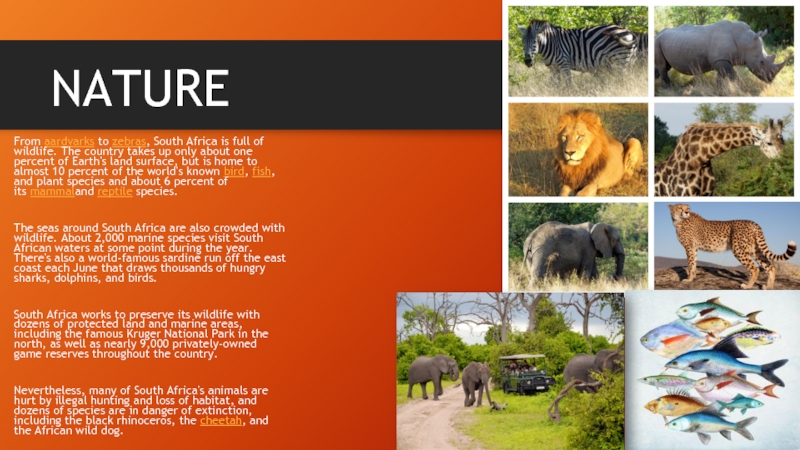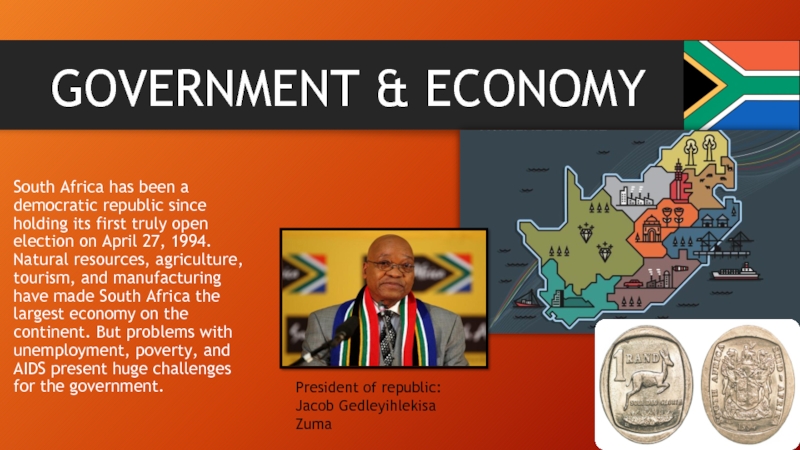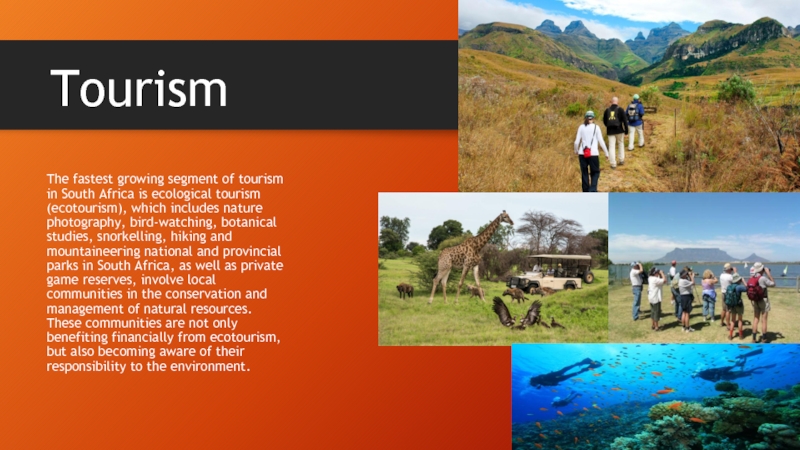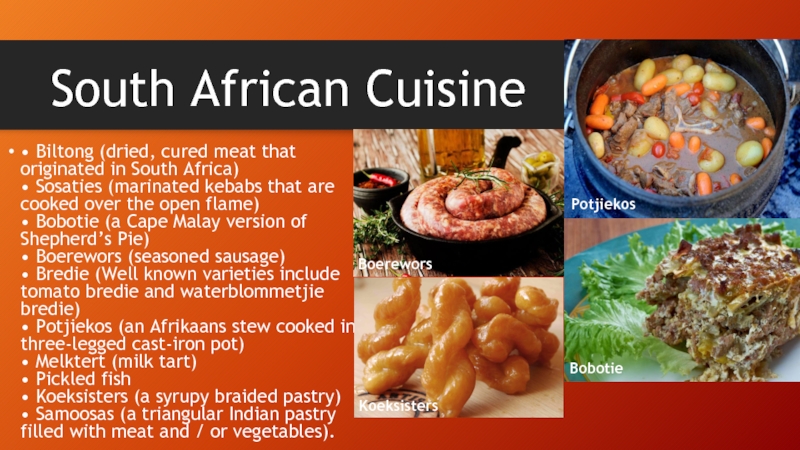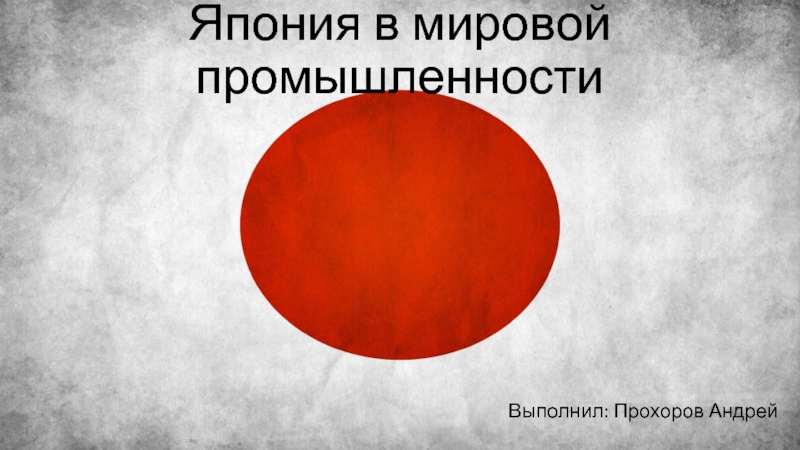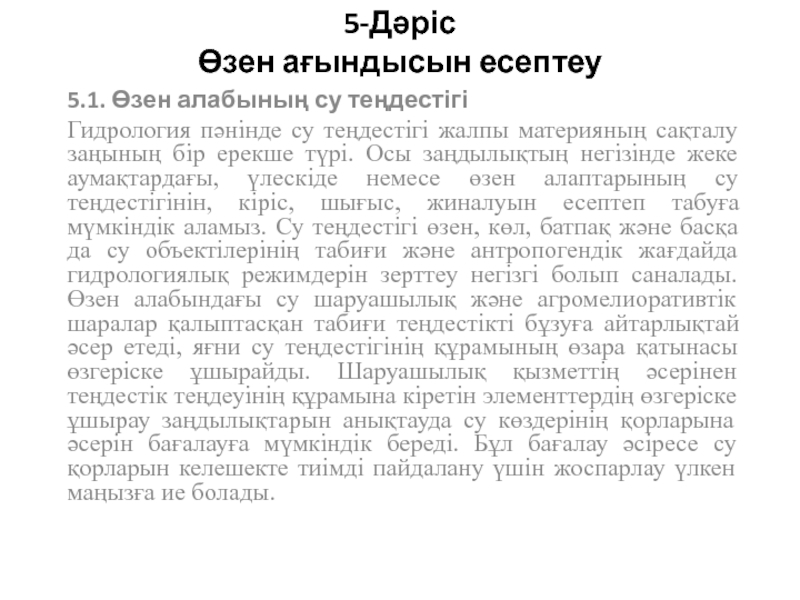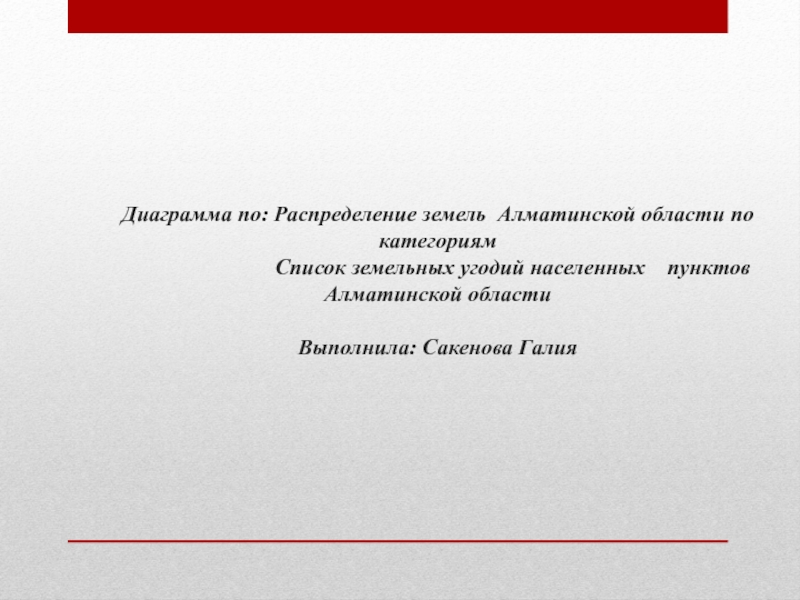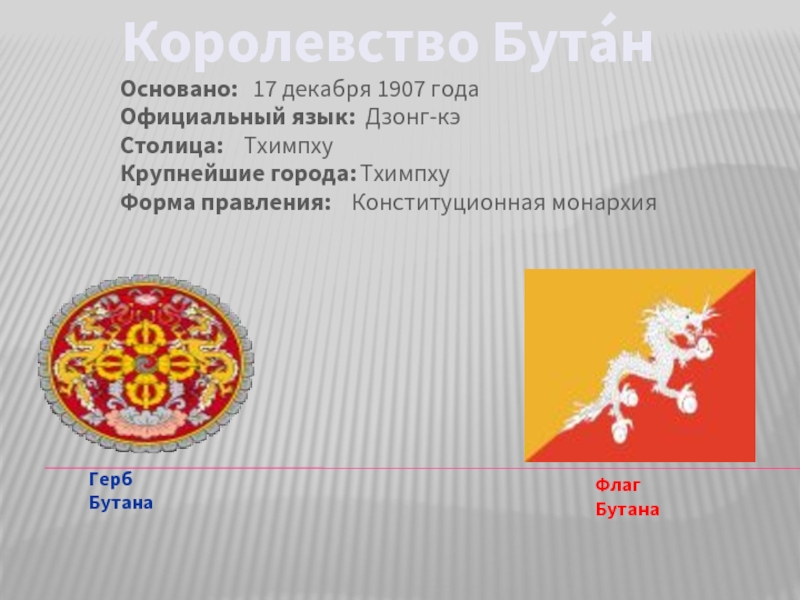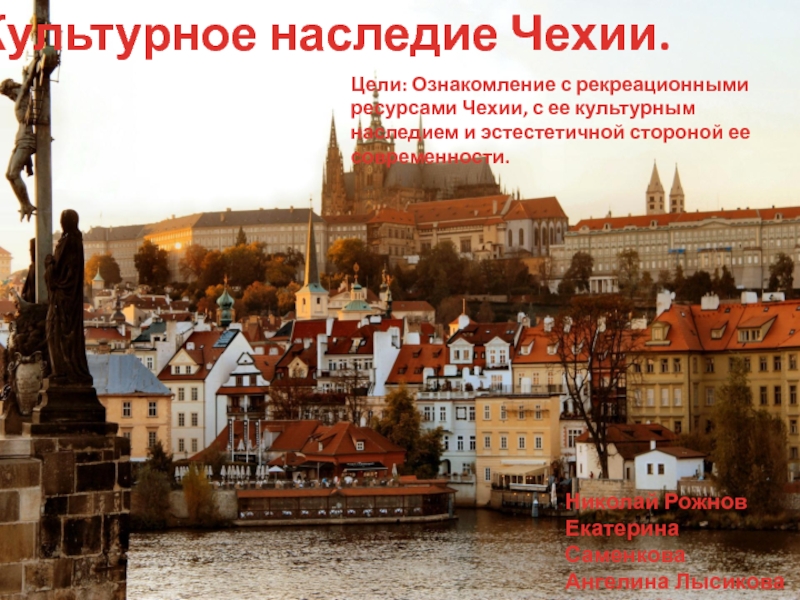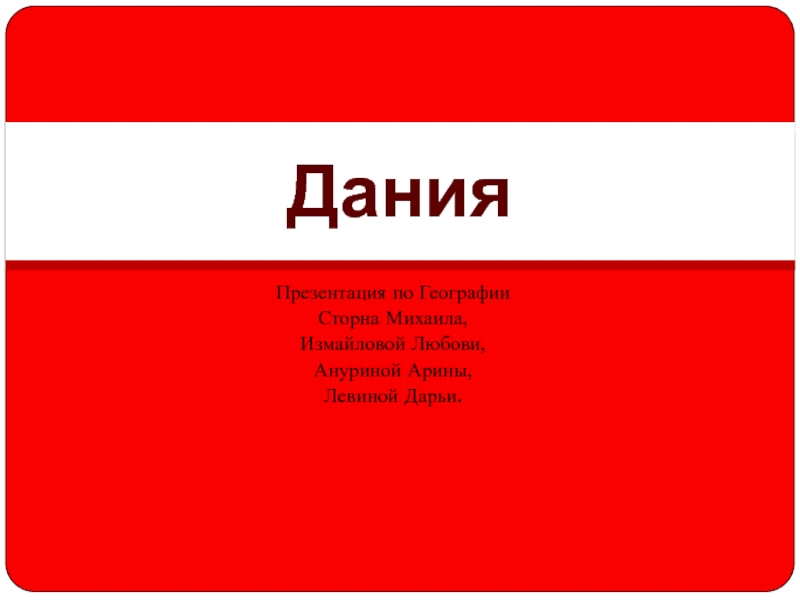- Главная
- Разное
- Дизайн
- Бизнес и предпринимательство
- Аналитика
- Образование
- Развлечения
- Красота и здоровье
- Финансы
- Государство
- Путешествия
- Спорт
- Недвижимость
- Армия
- Графика
- Культурология
- Еда и кулинария
- Лингвистика
- Английский язык
- Астрономия
- Алгебра
- Биология
- География
- Детские презентации
- Информатика
- История
- Литература
- Маркетинг
- Математика
- Медицина
- Менеджмент
- Музыка
- МХК
- Немецкий язык
- ОБЖ
- Обществознание
- Окружающий мир
- Педагогика
- Русский язык
- Технология
- Физика
- Философия
- Химия
- Шаблоны, картинки для презентаций
- Экология
- Экономика
- Юриспруденция
South African Republic презентация
Содержание
- 1. South African Republic
- 2. FAST FACTS OFFICIAL NAME: Republic
- 3. GEOGRAPHY Most of South Africa's
- 4. HISTORY In northern South Africa
- 5. NATURE From aardvarks to zebras, South Africa is
- 6. GOVERNMENT & ECONOMY South
- 7. Tourism The fastest growing segment of tourism
- 8. South African Cuisine • Biltong (dried, cured
Слайд 2
FAST FACTS
OFFICIAL NAME: Republic of South Africa
FORM OF GOVERNMENT: Republic
CAPITALS: Pretoria
(administrative), Cape Town (legislative), Bloemfontein (judicial)
POPULATION: 55 milllion
OFFICIAL LANGUAGES: Afrikans, English, IsiNdebele, IsiXhosa, IsiZulu, Northern Sotho, Sesotho, Setswana, SiSwati, Tshivenda, Xitsonga
MONEY: Rand
AREA: 470,693 square miles (1,219,089 square kilometers)
MAJOR MOUNTAIN RANGES: Drakensberg
MAJOR RIVERS: Limpopo, Orange
Слайд 3
GEOGRAPHY
Most of South Africa's landscape is made up of high, flat
areas called plateaus. These lands are covered with rolling grasslands, called highveld, and tree-dotted plains called bushveld.
To the east, south, and west of the plateau lands is a mountainous region called the Great Escarpment. The eastern range, called the Drakensberg, or Dragon's Mountain, is filled with jagged peaks, some more than 11,400 feet (3,475 meters) high.
Interestingly, South Africa has another country within its borders. Nestled in the Drakensberg is the mountainous kingdom of Lesotho. Much of South Africa's water comes from the snowcapped peaks of this tiny, landlocked nation.
To the east, south, and west of the plateau lands is a mountainous region called the Great Escarpment. The eastern range, called the Drakensberg, or Dragon's Mountain, is filled with jagged peaks, some more than 11,400 feet (3,475 meters) high.
Interestingly, South Africa has another country within its borders. Nestled in the Drakensberg is the mountainous kingdom of Lesotho. Much of South Africa's water comes from the snowcapped peaks of this tiny, landlocked nation.
Слайд 4
HISTORY
In northern South Africa near Johannesburg, there is a cave formation
called the Sterkfontein. Within these caves, archaeologists have uncovered some of the earliest human fossils ever found. Some are more than two million years old. The find earned the region the nickname "Cradle of Humankind."
About 24,000 years ago, tribes of hunter-gatherers known as the San, or Bushmen, began moving into South Africa. Many San still live, much as their ancestors did, around the Kalahari Desert in the northwest.
In the 1400s, European ships heading to the Far East began stopping on the South African coast for supplies. In 1652, the Netherlands established the southern city of Cape Town, and Dutch farmers, called Boers, began settling in the areas around the city.
In 1806, wars in Europe left the British in control of the Cape Town colony. In 1910, the British united four colonies in the region and created South Africa. They established laws that separated whites from black South Africans, a practice of segregation called apartheid, which led to decades of conflict.
In 1963, Nelson Mandela, head of the anti-apartheid African National Congress, was given a life sentence in jail for "terrorist" activities. In 1990, after 27 years behind bars, he was freed by President F.W. de Klerk. In 1994, Mandela was elected president of South Africa.
About 24,000 years ago, tribes of hunter-gatherers known as the San, or Bushmen, began moving into South Africa. Many San still live, much as their ancestors did, around the Kalahari Desert in the northwest.
In the 1400s, European ships heading to the Far East began stopping on the South African coast for supplies. In 1652, the Netherlands established the southern city of Cape Town, and Dutch farmers, called Boers, began settling in the areas around the city.
In 1806, wars in Europe left the British in control of the Cape Town colony. In 1910, the British united four colonies in the region and created South Africa. They established laws that separated whites from black South Africans, a practice of segregation called apartheid, which led to decades of conflict.
In 1963, Nelson Mandela, head of the anti-apartheid African National Congress, was given a life sentence in jail for "terrorist" activities. In 1990, after 27 years behind bars, he was freed by President F.W. de Klerk. In 1994, Mandela was elected president of South Africa.
Слайд 5
NATURE
From aardvarks to zebras, South Africa is full of wildlife. The country takes up
only about one percent of Earth's land surface, but is home to almost 10 percent of the world's known bird, fish, and plant species and about 6 percent of its mammaland reptile species.
The seas around South Africa are also crowded with wildlife. About 2,000 marine species visit South African waters at some point during the year. There's also a world-famous sardine run off the east coast each June that draws thousands of hungry sharks, dolphins, and birds.
South Africa works to preserve its wildlife with dozens of protected land and marine areas, including the famous Kruger National Park in the north, as well as nearly 9,000 privately-owned game reserves throughout the country.
Nevertheless, many of South Africa's animals are hurt by illegal hunting and loss of habitat, and dozens of species are in danger of extinction, including the black rhinoceros, the cheetah, and the African wild dog.
The seas around South Africa are also crowded with wildlife. About 2,000 marine species visit South African waters at some point during the year. There's also a world-famous sardine run off the east coast each June that draws thousands of hungry sharks, dolphins, and birds.
South Africa works to preserve its wildlife with dozens of protected land and marine areas, including the famous Kruger National Park in the north, as well as nearly 9,000 privately-owned game reserves throughout the country.
Nevertheless, many of South Africa's animals are hurt by illegal hunting and loss of habitat, and dozens of species are in danger of extinction, including the black rhinoceros, the cheetah, and the African wild dog.
Слайд 6
GOVERNMENT & ECONOMY
South Africa has been a democratic republic since holding
its first truly open election on April 27, 1994. Natural resources, agriculture, tourism, and manufacturing have made South Africa the largest economy on the continent. But problems with unemployment, poverty, and AIDS present huge challenges for the government.
President of republic:
Jacob Gedleyihlekisa Zuma
Слайд 7Tourism
The fastest growing segment of tourism in South Africa is ecological
tourism (ecotourism), which includes nature photography, bird-watching, botanical studies, snorkelling, hiking and mountaineering national and provincial parks in South Africa, as well as private game reserves, involve local communities in the conservation and management of natural resources. These communities are not only benefiting financially from ecotourism, but also becoming aware of their responsibility to the environment.
Слайд 8South African Cuisine
• Biltong (dried, cured meat that originated in South
Africa)
• Sosaties (marinated kebabs that are cooked over the open flame)
• Bobotie (a Cape Malay version of Shepherd’s Pie)
• Boerewors (seasoned sausage)
• Bredie (Well known varieties include tomato bredie and waterblommetjie bredie)
• Potjiekos (an Afrikaans stew cooked in a three-legged cast-iron pot)
• Melktert (milk tart)
• Pickled fish
• Koeksisters (a syrupy braided pastry)
• Samoosas (a triangular Indian pastry filled with meat and / or vegetables).
Boerewors
Bobotie
Potjiekos
Koeksisters

